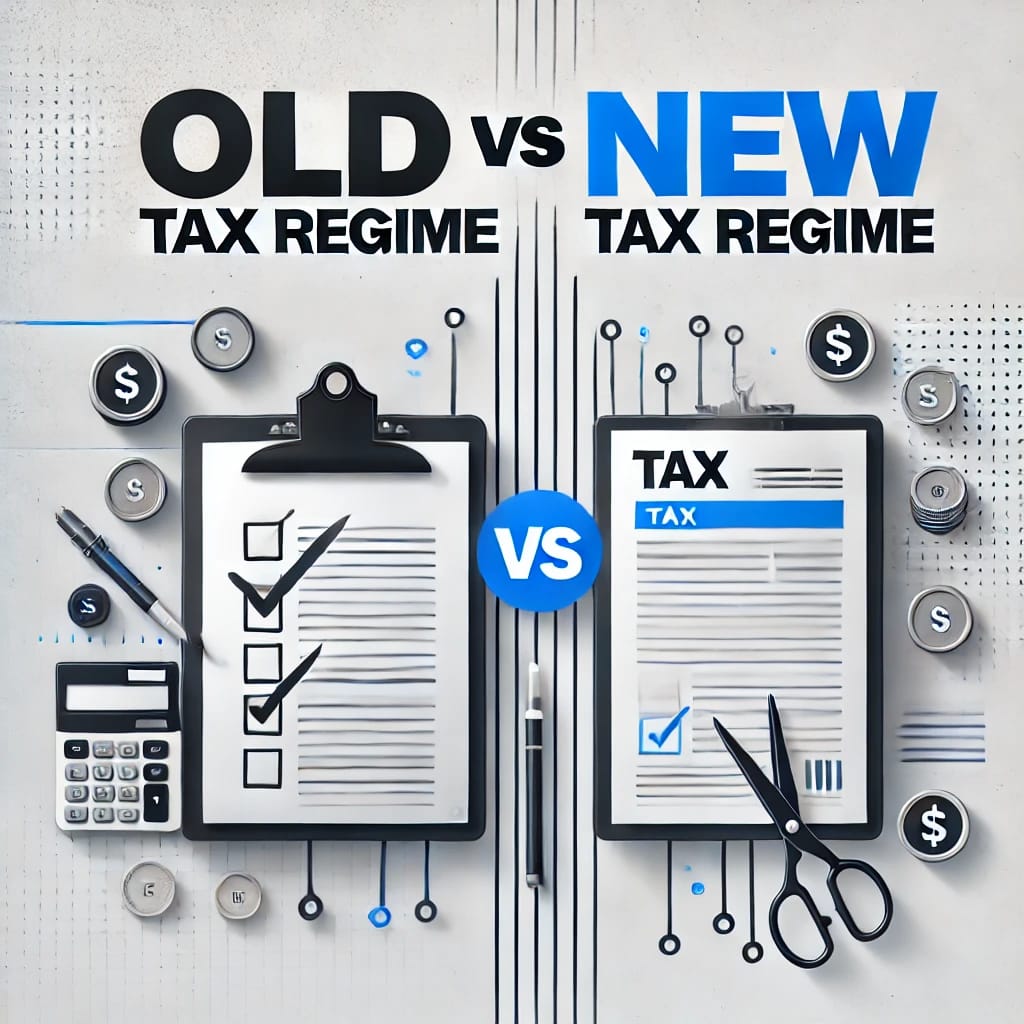
New Income Tax Bill 2025: Key Differences Between Old & New Regimes, Exemption Limits & Tax Slabs
By: Admin
February 12, 2025
Categories: TAX News
4 Min Read
The Income Tax Bill 2025, spanning 622 pages, 536 sections, and 23 chapters, will be introduced in the Lok Sabha on February 13, 2025. Once approved, it will replace the Income Tax Act of 1961, bringing simplified compliance and eliminating outdated provisions.
Key Changes in the New Income Tax Bill
1. Introduction of ‘Tax Year’
The bill replaces the term “previous year” with “tax year” to reduce confusion. Additionally, it eliminates the concept of an assessment year, ensuring that taxpayers pay taxes within the same tax year, making compliance easier.
2. More Sections, But a Shorter Law
Although the new law expands to 536 sections (up from 298) and includes 16 schedules (previously 14), it has been condensed to 622 pages—far fewer than the 880 pages in the 1961 Act. This restructuring makes the law more concise and easier to navigate, incorporating key legal rulings from the past 60 years.
3. Simplified Taxation for ESOPs & Stock Options
New provisions reduce tax disputes and bring greater clarity for employees receiving stock options, ensuring a smoother taxation process.
4. More Authority for the CBDT
Under Clause 533, the Central Board of Direct Taxes (CBDT) gains the power to independently implement tax schemes, oversee compliance rules, and monitor digital taxation. This change will streamline decision-making and reduce bureaucratic delays.
5. Public Feedback & Review Process
To make tax laws more efficient and taxpayer-friendly, the CBDT established 22 sub-committees to review the bill. These committees received 6,500+ suggestions from taxpayers and stakeholders, leading to several refinements that simplify compliance and minimize litigation.
Revised Tax Slabs: New Regime vs. Old Regime
Proposed Tax Slabs for FY25-26 (New Regime)
✅ Income up to ₹12 lakh is tax-free (excluding special income).
✅ With a ₹75,000 standard deduction, taxpayers earning up to ₹12.75 lakh will pay zero tax.
This new structure aims to increase disposable income and simplify tax calculations for individuals.
Conclusion
The Income Tax Bill 2025 introduces significant reforms, including a new tax year structure, revised tax slabs, and streamlined compliance measures. As the bill moves through parliamentary scrutiny, its impact on taxpayers will become clearer.
🔹 Stay informed about the latest tax updates, exemption limits, and financial policies—follow us for more insights!
